Istanbul's Iconic Basilica Cistern: What You Need to Know Before Visiting
Yerebatan Sarayı, also known as the Basilica Cistern, has been the talk of the town since the completion of its restaurant in 2022. This underground wonder draws in visitors from all over the world, and it's no wonder why. The moment you enter, you are immediately taken aback by its impressive architecture and historical significance. Visiting this magnificent structure and walking through its history is a truly unforgettable experience. To help guide you on your journey, we've compiled everything you need to know about the Basilica Cistern. So, come along with us on this exciting adventure!
The Basilica Cistern Museum, which reveals traces of Istanbul's history, is one of the most important cultural structures of the city.
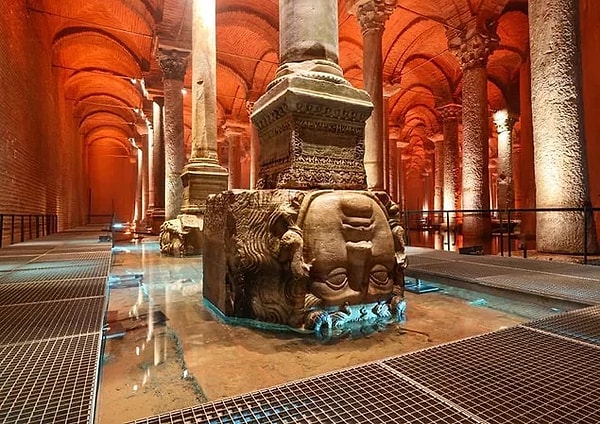
The cistern, whose construction took place between 527 and 565, was built by the Eastern Roman Emperor Justinian I to meet the city's water needs and became the largest closed cistern in the city with a water storage capacity of 80 thousand tons.
The cistern, which created a visual feast with its 336 marble columns rising from the water, was popularly known as the "Basilica Palace" at that time.
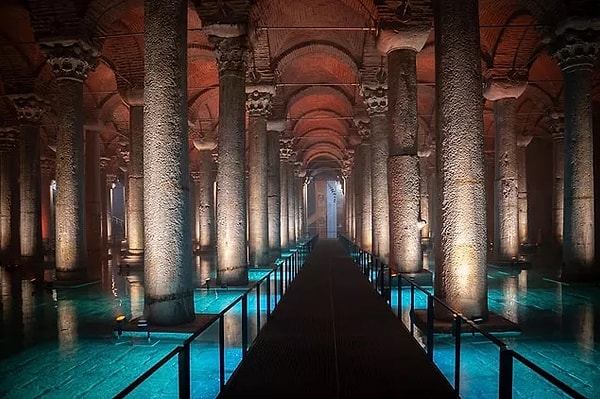
The structure, which is also referred to as the 'Basilica Cistern' by some sections, has taken on the task of meeting the water needs of the Great Palace and the surrounding settlements for centuries. After that, the cistern was used for the water needs of both the Topkapi Palace and the people with the Conquest of Istanbul in 1453.
As a result of the increase in interaction with the West in every sense in the sixteenth century, the cistern was noticed by Westerners towards the second half of the century and almost rediscovered.
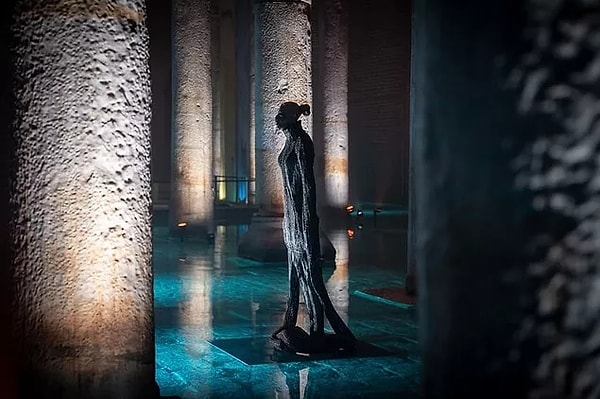
At that time, the Ottoman Empire was being influenced by the West and was beginning to take examples, especially in the field of art. In order for the interaction to progress fully, many artists from the West used to come to our land. the French naturalist and topographer Petrus Gyllius, who lived in Istanbul between 1544 and 1555, was the one who discovered the cistern.
There was no source about the measurements of the Basilica Cistern before Gyllius, and Gyllius made the first determinations about the measurements of the cistern.
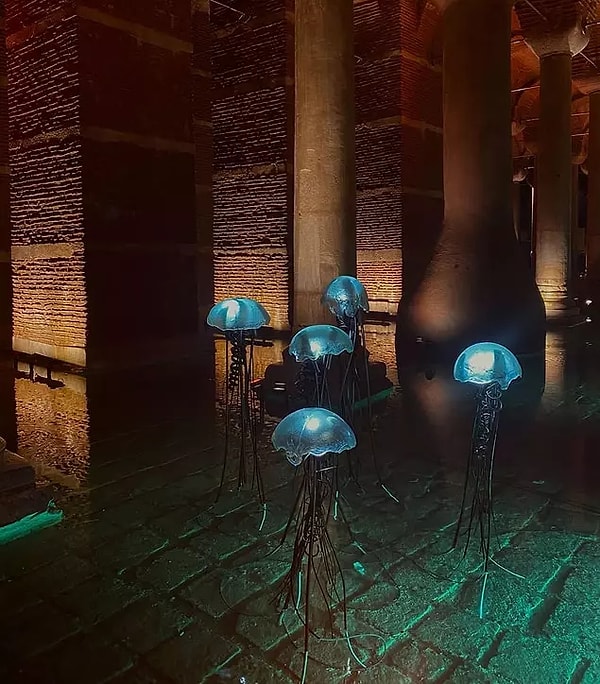
As a result of the studies, it is determined that the cistern is 336 feet long, 182 feet wide, its circumference is 224 Roman steps and consists of 336 columns. According to Gyllius, the cistern was formerly the largest water cellar in Constantinople.
Gyllius records that the public was also aware of the cistern, which had lost some of its former popularity and mission in the sixteenth century, with the following words:
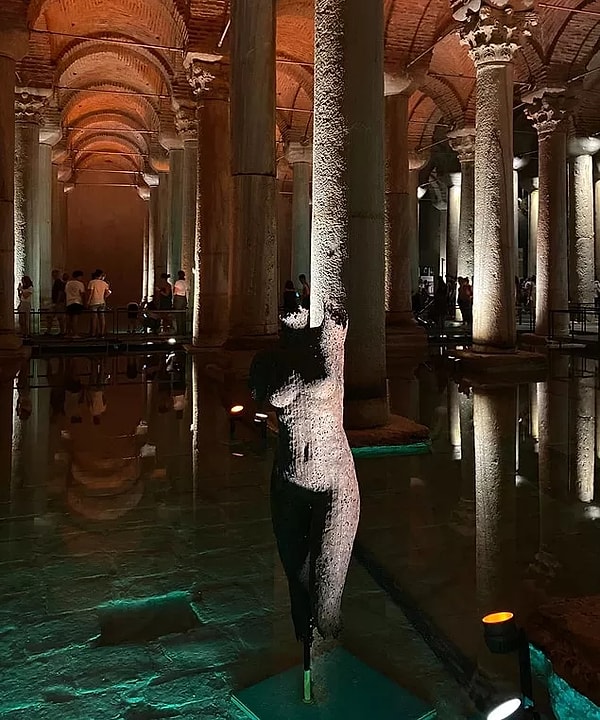
“They draw water with buckets; they even row in the cistern, light it with lamps and hunt fish. Air and light seep into the cistern from the wells, and fish swim under the light (...)”
In addition to all these, arguably one of the most interesting elements of the Basilica Cistern is the blocks embossed with the head of Medusa..
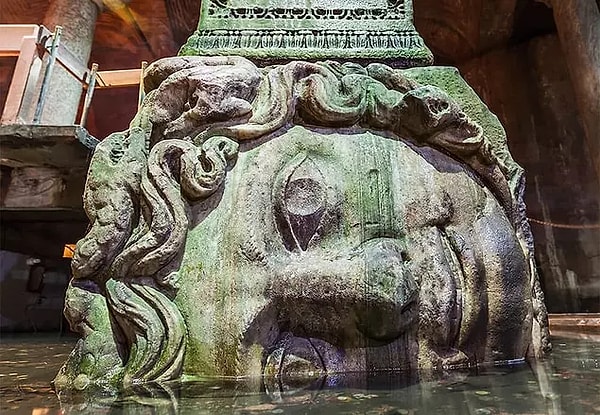
The Medusa heads, which were found in the major repair and decontamination works carried out by the Istanbul Metropolitan Municipality between 1895 and 1987, are located under the two columns in the northwest corner of the cistern. Although it is known that the Medusa heads, which are one of the unique examples of Roman age sculpture, belong to the fourth century, it is unclear from which structure they were taken and brought to the cistern.
The cistern, which first opened its doors as a museum in 1987, is an important source of water that testifies to many historical events of the city, but it is one of the buildings with high spirituality.

The Basilica Cistern, which has hosted various national and international events over time, also hosts temporary exhibitions, contemporary art shows, culture and art events and concerts under the responsibility of Cultural Affairs.
We would say to visit the museum, which aims to "create a universe about the art of the future", with after learning its meaning and importance.

What else do you know about the Basilica Cistern? Tell us in the comments!
Keşfet ile ziyaret ettiğin tüm kategorileri tek akışta gör!


Send Comment